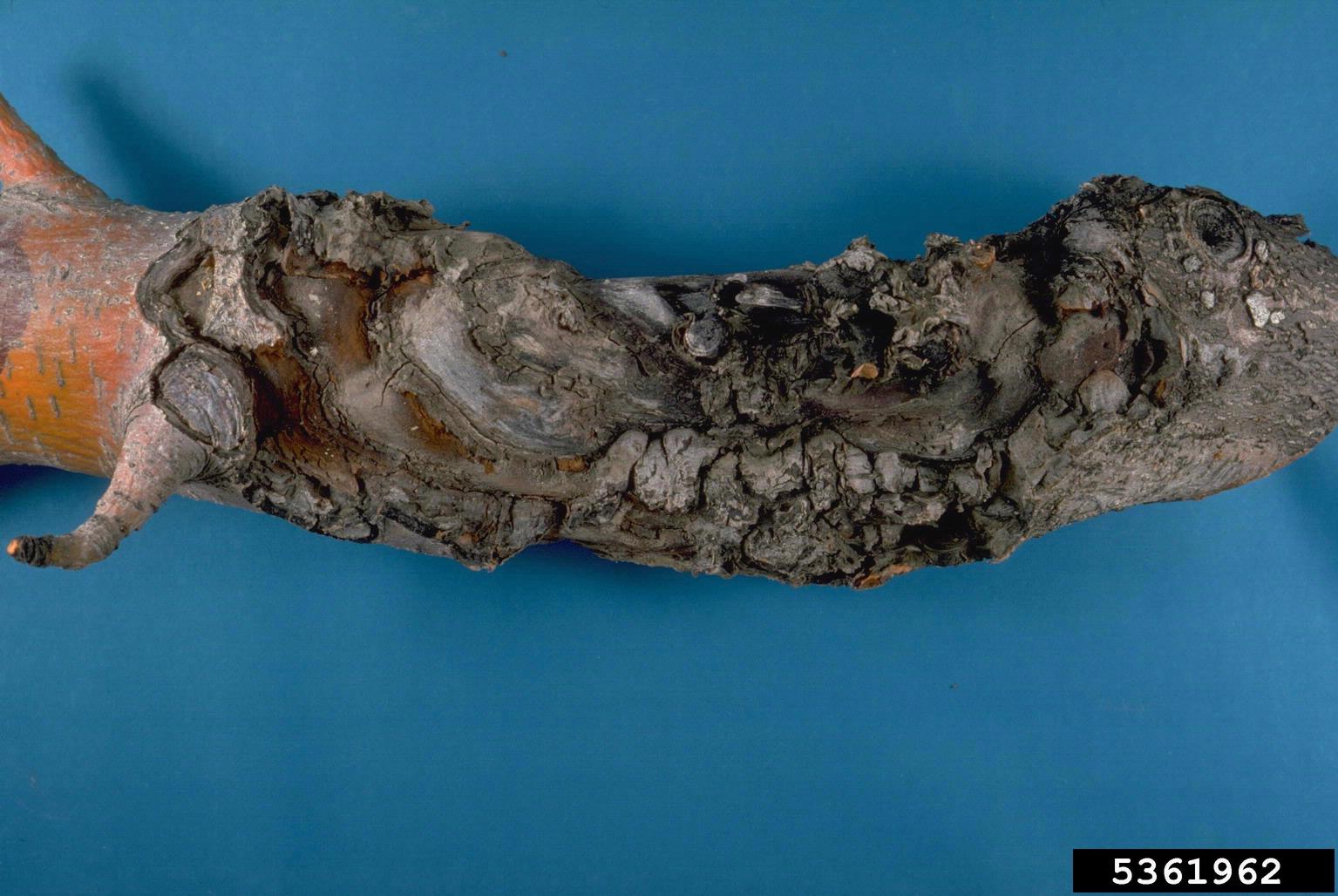Reasons For Apple Cankers – Managing An Apple Tree With Canker


Cankers are wounds on living wood or dead areas on tree twigs, branches, and trunks. If you have an apple tree with cankers, the wounds may serve as overwintering spots for fungal spores and bacteria that cause diseases.
Anyone with apple trees in a home garden needs to learn about cankers in apple trees. Read on for information on apple cankers and tips for apple canker control.
Reasons for Apple Cankers
Think of canker in apple trees as evidence of tree injury. The reasons for these cankers are many and varied. Cankers can be caused by fungi or bacteria that attack the trunk or branches. Injury from extremely hot or cold weather, hail, or a pruning cut can also result in cankers.
An apple tree with cankers will have areas of roughened or cracked bark that seem darker than the surrounding bark. They may look wrinkled or sunken. You also may see fungal spore structures in the area that look like dark or red pimples. In time, you may see white protrusions growing from the bark that are wood decay fungi.
Canker in Apple Trees
For an injury to become a canker, it must have an entry point. That is the danger of cankers, fungal spores or bacteria enter the tree through the wound and overwinter there. During the growing season they develop and cause diseases.
For example, if the pathogen Nectria galligena overwinters in cankers, the apple tree will develop a disease called European canker. The Delicious variety of apple tree is the most susceptible to European canker, but Gravenstein and Rome Beauty trees also are vulnerable.
Other pathogens result in other diseases. The Erwinia amylovora pathogen causes fire blight, Botryosphaeria obtusa causes black rot canker, and Botryosphaeria dothidea causes white rot canker. Most canker pathogens are fungi, although fire blight pathogens are bacteria.
Sign up for the Gardening Know How newsletter today and receive a free copy of our e-book "How to Grow Delicious Tomatoes".
How to Treat Apple Canker
Many gardeners wonder how to treat apple canker. The mainstay of apple canker control is pruning out the cankers. If the canker pathogen is a fungus, prune off the cankers in early summer. After that, spray the area with a Bordeaux mixture or approved fixed copper materials.
Since fungal cankers only attack apple trees suffering from drought or other cultural stress, you may be able to prevent these cankers by taking excellent care of the trees. However, the fire blight pathogen is a bacteria that attacks even heathy trees. Apple canker control in this case is more difficult.
With fire blight, wait until winter to do pruning. Since older wood is not as vulnerable to fire blight, prune deep – 6 to 12 inches (15-31 cm.) – into wood that is at least two years old. Burn all of the tree tissue you remove in order to destroy the pathogen.
This deep pruning will prove more difficult in smaller, younger trees. Experts suggest that if the fire blight has attacked the trunk of a tree or if the tree is young, opt to remove the entire tree instead of attempting treatment.

Teo Spengler is a master gardener and a docent at the San Francisco Botanical Garden, where she hosts public tours. She has studied horticulture and written about nature, trees, plants, and gardening for more than two decades, following a career as an attorney and legal writer. Her extended family includes some 30 houseplants and hundreds of outdoor plants, including 250 trees, which are her main passion. Spengler currently splits her life between San Francisco and the French Basque Country, though she was raised in Alaska, giving her experience of gardening in a range of climates.